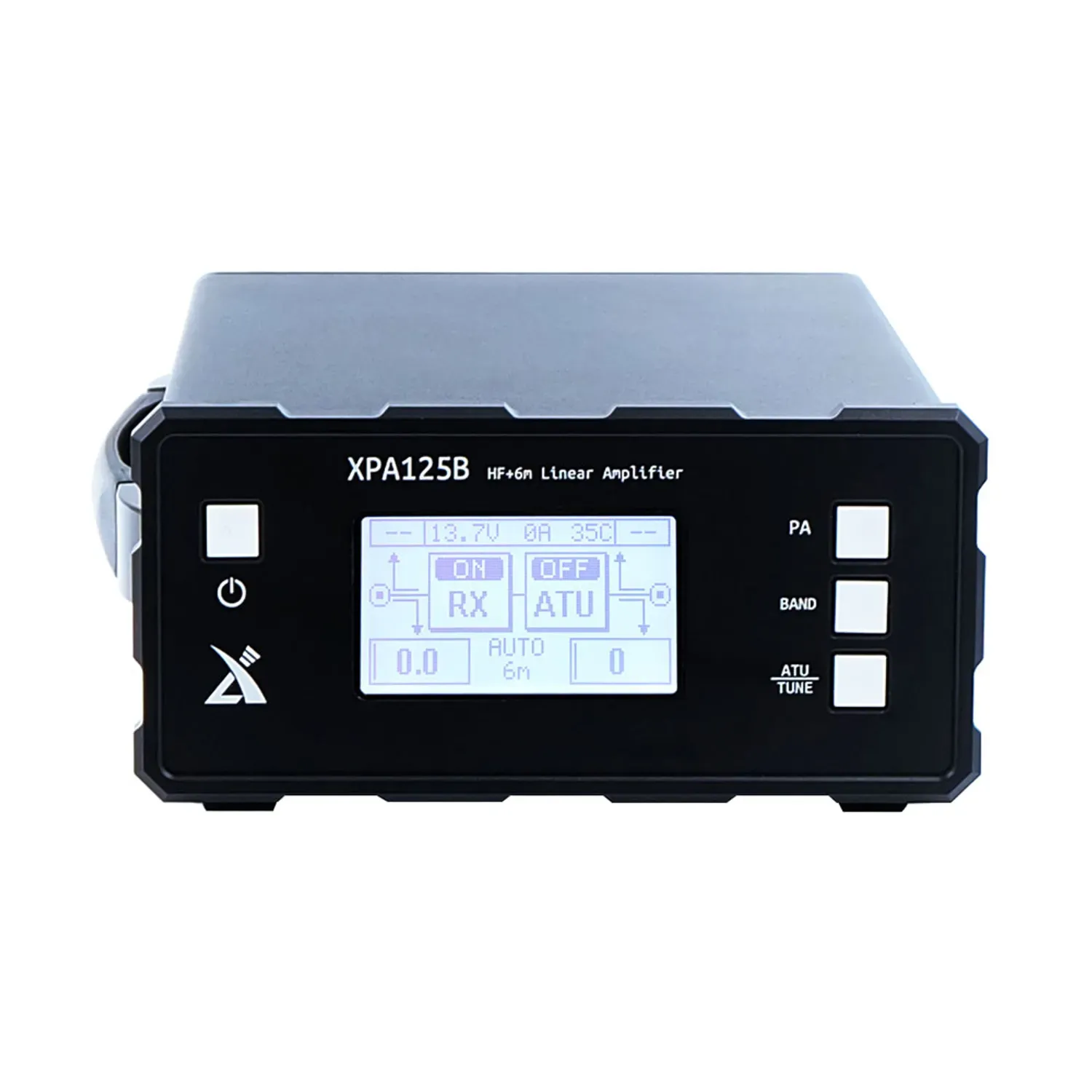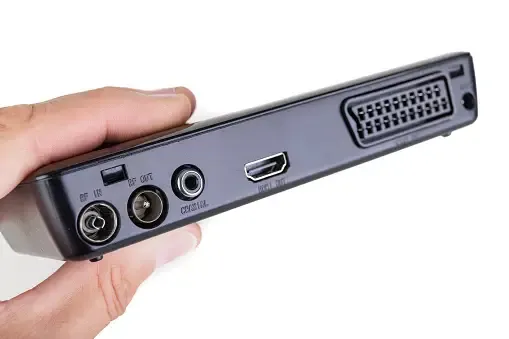
Send Inquiry
What is the Difference Between a Power Amplifier and a Receiver?
In the realm of audio equipment, understanding the difference between a power amplifier and a receiver is essential for both audiophiles and casual listeners looking to enhance their sound systems. While these two devices serve crucial roles in delivering high-quality audio, their functions and applications differ significantly. This blog post will explore the nuances between a power amplifier and a receiver, highlighting their distinct features and purposes.
Power Amplifier: The Heart of Your Audio System
A power amplifier is a device that takes a low-power audio signal and amplifies it to a level suitable for driving loudspeakers. Essentially, it boosts the audio signal to ensure that the sound can fill a room or a large venue with clear, powerful audio.
Key Features of a Power Amplifier
Signal Boosting
The primary function of a power amplifier is to increase the power of an audio signal without altering its original content. This process ensures that the sound remains faithful to the source material while gaining the necessary power to drive speakers effectively.
High Output
Power amplifiers are designed to deliver high output power, measured in watts, which directly impacts the volume and clarity of the audio produced. This makes them ideal for both home audio systems and professional setups, such as concerts and public address systems.
Dedicated Role
Unlike other audio components, a power amplifier focuses solely on amplification. It does not have built-in features like radio tuners, streaming capabilities, or equalizers. This specialization often results in superior audio quality compared to all-in-one devices.
Integration with Other Equipment
Power amplifiers are typically used in conjunction with preamplifiers, receivers, or integrated amplifiers. The preamplifier handles the initial audio processing and volume control, sending a line-level signal to the power amplifier for final amplification.
Types of Power Amplifiers
Power amplifiers come in various types, each suited to specific applications:
- Solid-State Amplifiers: Known for their reliability and efficiency, solid-state amplifiers use semiconductor devices to amplify the audio signal.
- Tube Amplifiers: Valued for their warm, rich sound, tube amplifiers use vacuum tubes and are often preferred by audiophiles.
- Class D Amplifiers: These are highly efficient and generate less heat, making them ideal for portable and compact audio systems.
Receiver: The All-in-One Audio Solution
A receiver, on the other hand, is a more versatile device that combines several functions in a single unit. It acts as the central hub of an audio system, managing various audio and video sources and providing amplification to drive speakers.
Key Features of a Receiver
Multifunctional Device
A receiver integrates a preamplifier, a power amplifier, and a tuner in one unit. This makes it capable of processing and amplifying audio signals, tuning into radio stations, and often handling video signals as well.
Audio and Video Switching
Modern receivers can manage multiple audio and video sources, such as CD players, DVD/Blu-ray players, gaming consoles, and streaming devices. They allow users to switch between these sources seamlessly.
Surround Sound Processing
Receivers are essential in home theater systems due to their ability to decode surround sound formats like Dolby Atmos and DTS. This feature provides an immersive audio experience, with sound coming from multiple directions.
Network Connectivity
Many receivers now offer network capabilities, allowing users to stream music from services like Spotify, Apple Music, and Tidal. They may also support multi-room audio systems.
User-Friendly Interface
Receivers typically come with user-friendly interfaces, including on-screen menus, remote controls, and smartphone apps, making it easy to control and customize audio settings.
Types of Receivers
Receivers can be categorized based on their primary use:
- Stereo Receivers: Focused on high-quality two-channel audio, stereo receivers are ideal for music enthusiasts who prioritize sound fidelity.
- AV Receivers: Designed for home theaters, AV receivers support multiple audio and video inputs and outputs, as well as surround sound processing.
- Network Receivers: Equipped with Wi-Fi and Bluetooth, network receivers offer advanced streaming and multi-room audio capabilities.
Comparing Power Amplifiers and Receivers
Functionality
The most significant difference between a power amplifier and a receiver lies in their functionality. A power amplifier is dedicated solely to amplifying audio signals, while a receiver is a multifunctional device that combines amplification with other audio and video processing tasks.
Application
Power amplifiers are typically used in professional audio settings, high-end home audio systems, and situations where precise control over amplification is required. Receivers, due to their all-in-one nature, are more commonly found in home entertainment systems where convenience and versatility are paramount.
Audio Quality
While modern receivers offer impressive audio quality, dedicated power amplifiers often provide superior sound due to their specialized design. Audiophiles who seek the highest fidelity may prefer using separate components, such as a preamplifier paired with a power amplifier, rather than relying on an integrated receiver.
Complexity and Customization
Power amplifiers offer greater flexibility and customization options. Users can pair them with different preamplifiers and audio sources to create a tailored audio setup. Receivers, while more convenient, offer fewer customization options due to their integrated nature.
Cost
Generally, receivers are more cost-effective for those looking to build a comprehensive audio-visual system on a budget. Power amplifiers, especially high-end models, can be more expensive, particularly when considering the additional cost of compatible preamplifiers and other components.
Choosing the Right Device for Your Requirements
When faced with the decision between a power amplifier and a receiver, it's crucial to evaluate several key factors to ensure you select the device best suited to your needs.
Purposeful Consideration
Determine whether your priority lies in amplifying audio signals (opting for a power amplifier) or seeking a multifunctional hub for your audio-visual setup (leaning towards a receiver).
Audio Quality Assessment
If uncompromising audio quality is paramount, a dedicated power amplifier may be the optimal choice, ensuring pristine sound reproduction. However, for general home entertainment needs, a receiver strikes a balance between convenience and quality.
Budgetary Constraints
Receivers offer a cost-effective solution, providing an array of features and functionalities within a reasonable price range. Conversely, if you're inclined to invest in an elite audio experience, a power amplifier setup warrants consideration despite the potential higher cost.
System Complexity Analysis
Gauge the level of customization and expansion you envision for your audio system. While power amplifiers offer greater flexibility for tailoring your setup to specific preferences, receivers streamline the setup process, ideal for those prioritizing simplicity.
Spatial and Aesthetic Considerations
Factor in the physical space and visual aesthetics of your environment. Receivers boast a compact, streamlined design, seamlessly integrating multiple functions into a singular unit. In contrast, power amplifiers and associated components may necessitate more extensive space allocation and thoughtful placement.
Conclusion
Understanding the difference between a power amplifier and a receiver is crucial for building an audio system that meets your specific needs. While a power amplifier excels in providing high-quality amplification, a receiver offers versatility and convenience by combining multiple functions in one device. By considering your priorities, budget, and the desired complexity of your system, you can make an informed decision and enjoy an enhanced audio experience.
Whether you opt for the precision of a power amplifier or the all-in-one capability of a receiver, both devices have their unique advantages that cater to different audio preferences and setups. For those looking to elevate their audio experience, Ruixue offers a range of high-quality digital power amplifiers designed to meet the demands of discerning audiophiles and home theater enthusiasts alike. With Ruixue’s commitment to exceptional sound quality and innovative technology, you can be confident in finding the perfect solution to achieve the ultimate audio experience


